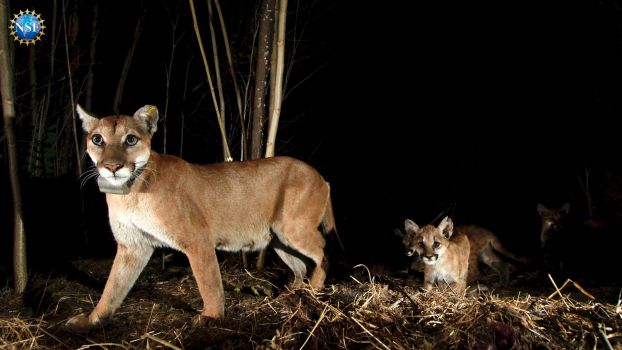Credit: Luca Livraghi, Biology Department, The George Washington University
Credit: Florida Museum photo by Kristen Grace and phylogeny by Hillis, Zwickl, and Gutell
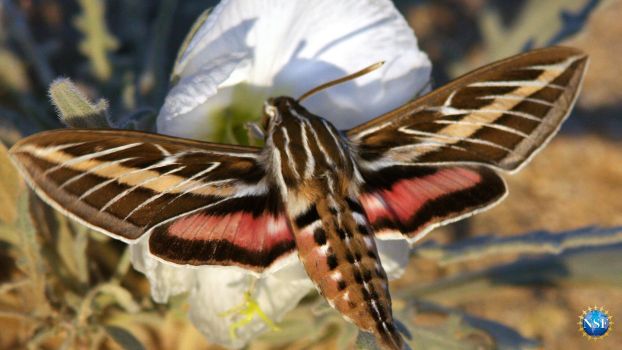
Credit: Courtesy of Ron Wolf
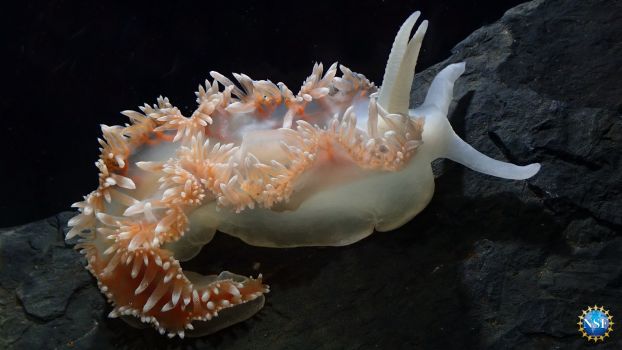
Credit: Photo by Aaron Toh, Courtesy of Amy Osborne (PolarTREC 2019), Courtesy of ARCUS
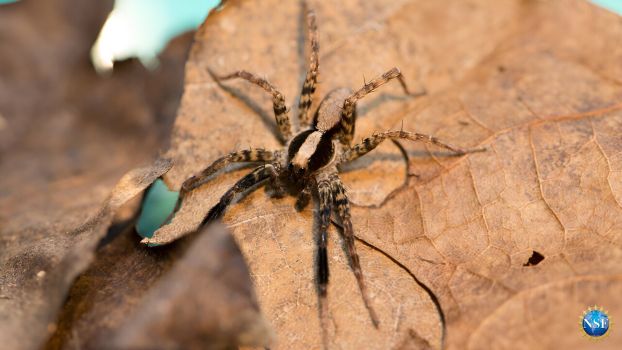
Credit: JOSEPH FUQUA II

Credit: Winfree Lab

Credit: Photo courtesy University of Guam
Credit: Karen Warkentin, Boston University
Credit: Andre Seale, University of Hawaii
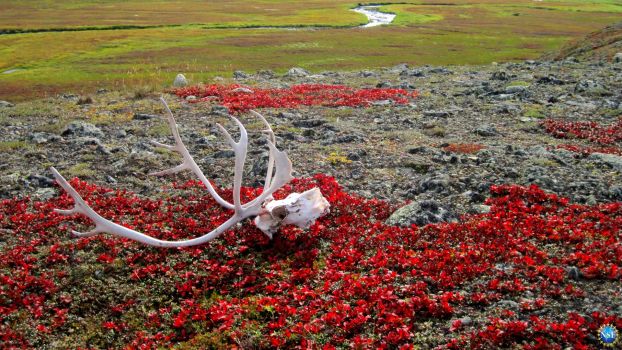
Credit: Daniel Ackerman
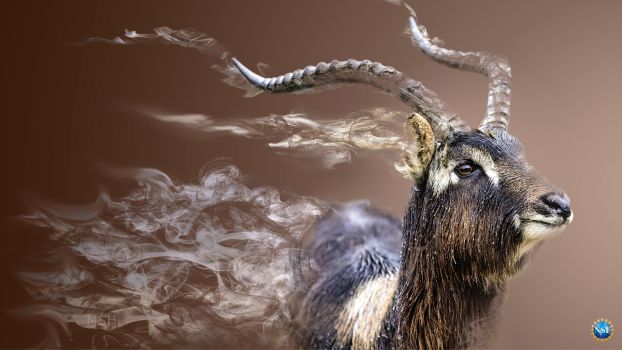
Credit: Michael S. Helfenbein, Yale University
Credit: Rebecca Chaplin-Kramer, Natural Capital Project, Stanford University
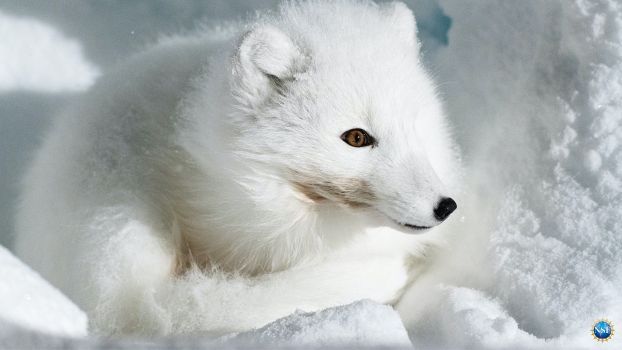
Credit: Alfred-Wegener Institute/Michael Ginzburg
Credit: Brock Fenton

Credit: Photo/Bernard Dupont/Wikimedia Commons (licensed under Creative Commons Attribution 2.0 International)
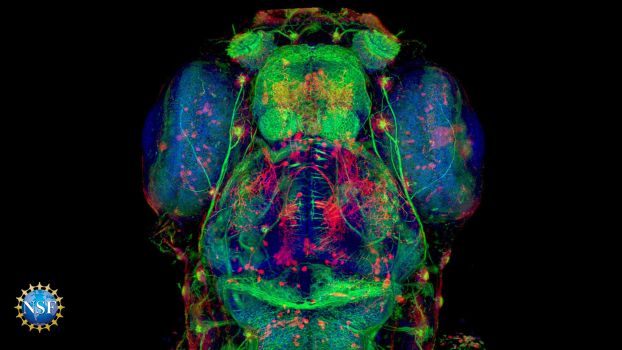
Credit: HHMI Janelia Research Campus
Credit: Edward Stanley and David Blackburn, Florida Museum of Natural History
Credit: Edward L. Stanley, Florida Museum of Natural History
Credit: F. Joseph Pollock, Penn State University
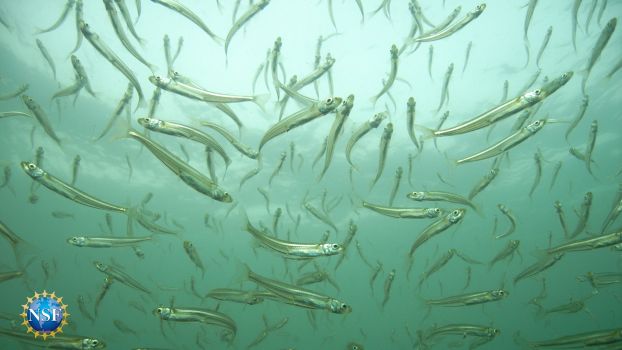
Credit: Chris Pickerell, Cornell Cooperative Extension of Suffolk County
Credit: Jennifer Smith, Scripps Institution of Oceanography
Credit: ©J. Sparks, D. Gruber and V. Pieribone
Credit: Kelly VonDrehle, IODP
Credit: Courtesy of Susan Lang, University of South Carolina/NSF/ROV Jason/2018/©Woods Hole Oceanographic Institution
Credit: Amy Sterling and Julia Kuhl for FlyWire

Credit: Michael Stukel/Florida State University
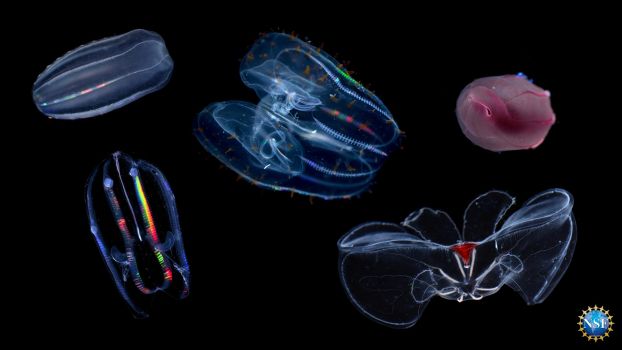
Credit: Jacob Winnikoff
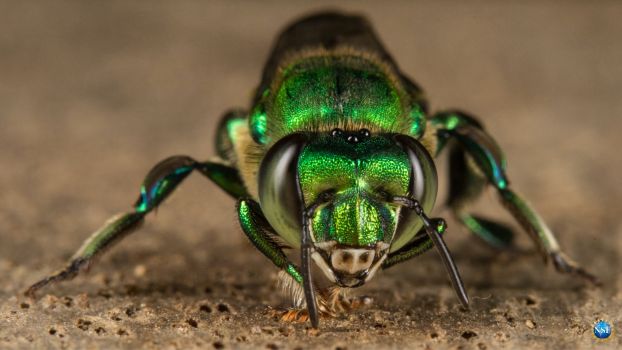
Credit: Thomas Eltz
Credit: Todd Marshall
Credit: Florida Museum photo by Court Whelan


